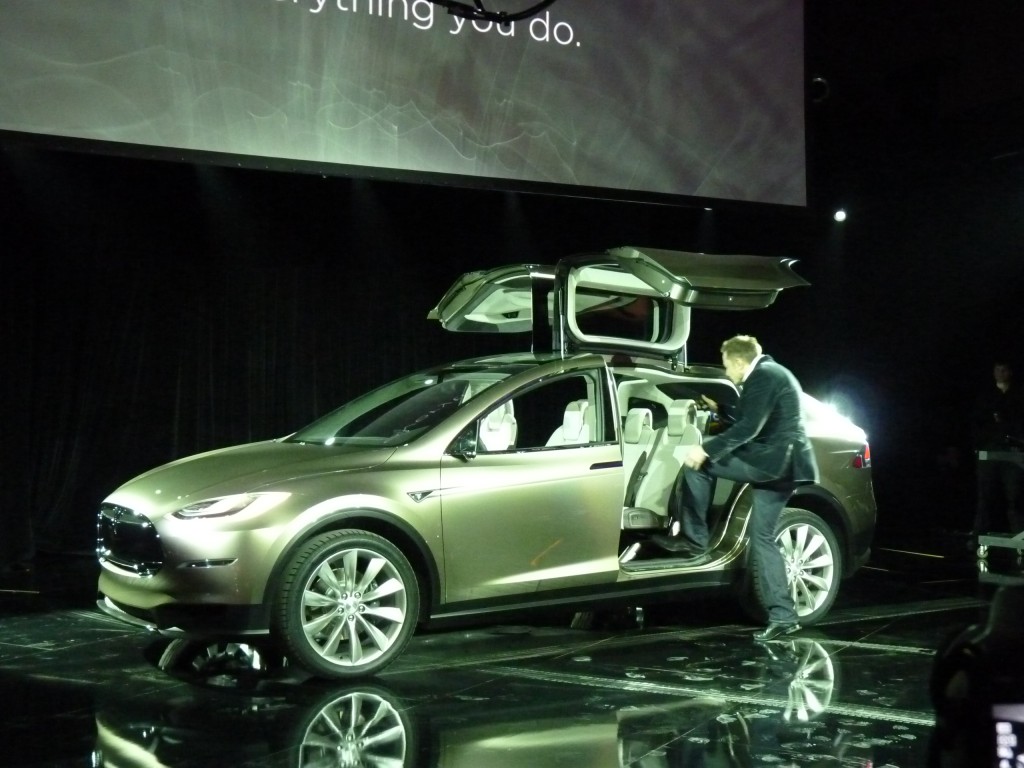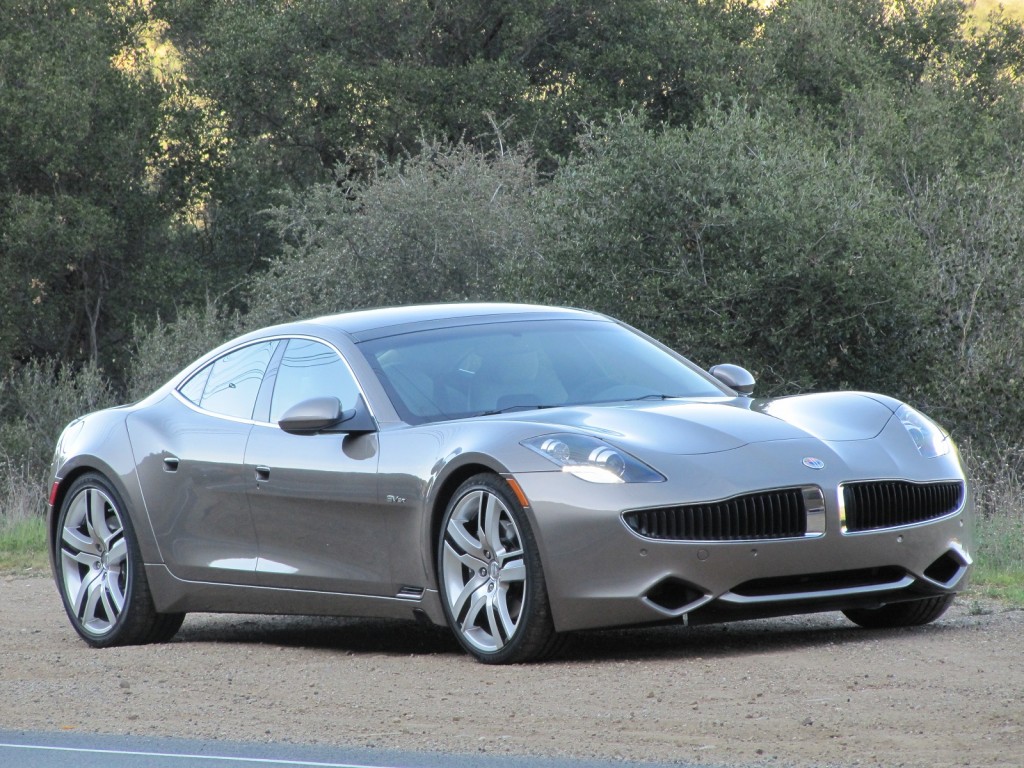We’ve said it many times before, building an auto company from scratch is extremely hard, and expensive.
That’s probably why only two major plug-in car startups have made it to the point of building and selling cars globally: Tesla and Fisker.
In order to continue, both firms are working every angle to survive.
For Tesla [NSDQ:TSLA], that means more stock options for its tech-savvy CEO Elon musk, while Fisker Automotive is looking to raise another $150 million just to break even.
Yesterday, Tesla Motors filed a regulatory filing indicating that it was giving its co-founder and CEO an option to buy 5.27 million shares as part of a long-term plan to keep him at the company.
According to Bloomberg, the stock option was granted on August 13, has a 10-year term, and vests in 10 equal installments based on Tesla meeting key milestones.
These include Tesla reaching a $43.5 billion market capitalization, development and production of both the 2014 Model X crossover SUV and Tesla’s as-yet unnamed 3rd generation electric car.
Tesla CEO Elon Musk, demonstrating the Model X third-row seat and falcon doors
Musk’s preferential share option price would be $31.17 and mark the first time he has been offered a share option at Tesla since December 2009.
Already the majority shareholder of the company, Musk’s stock options would result in a substantial increase in the total percentage of ownership he holds.
Currently, Musk draws an annual base salary from Tesla of $33,280.
Meanwhile, just days after announcing former Volt executive Tony Posawatz as its new CEO, a key investor in Fisker Automotive has disclosed that the firm is looking to raise an additional $150 million in funding.
2012 Fisker Karma during road test, Los Angeles, Feb 2012
According to Reuters, the automaker needs the additional funds for operating expenses and development funds for its next car, the Fisker Atlantic, despite raising more than $400 million in venture capital in the past 12 months.
In short, it needs more money to break even.
Part of Fisker’s financial woes stem from it failing to meet key milestones set out by the U.S. DoE in order for it to receive $529 million in low-interest loans under its advanced-technology vehicle manufacturing program.
In addition, Fisker has been beset by bad luck, including numerous recalls and more recently, investigations following the burning of two of its Karma plug-in hybrids.
According to Reuters, Fisker declined to comment on the company’s financial plans, but a key investor at Kleiner Perkins Caufield & Byers hinted that the firm may look for more investment funds next year.
+++++++++++












